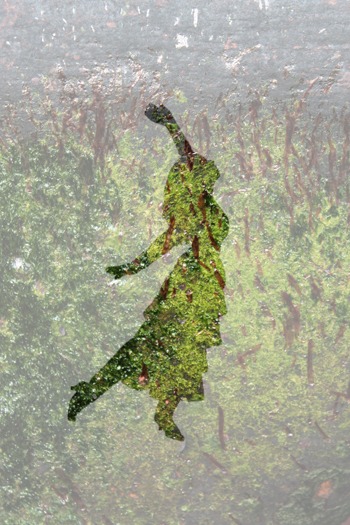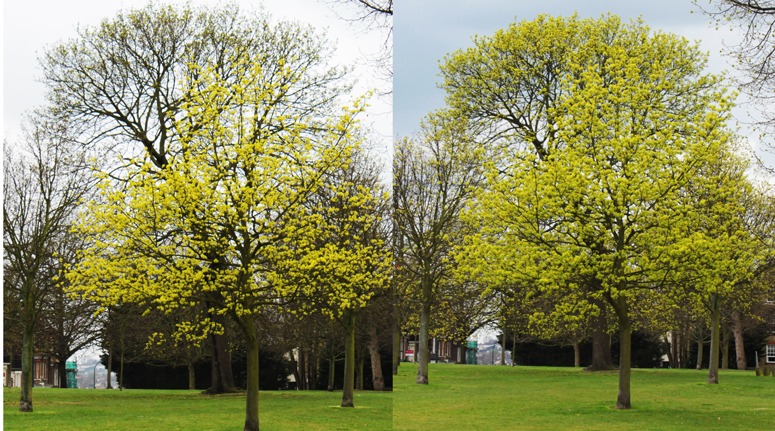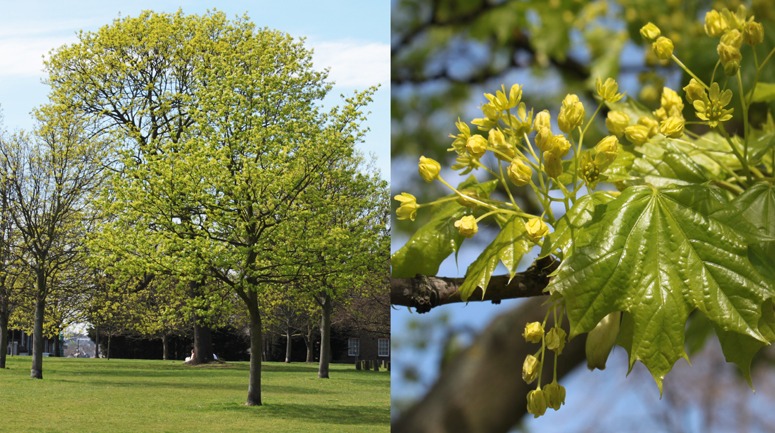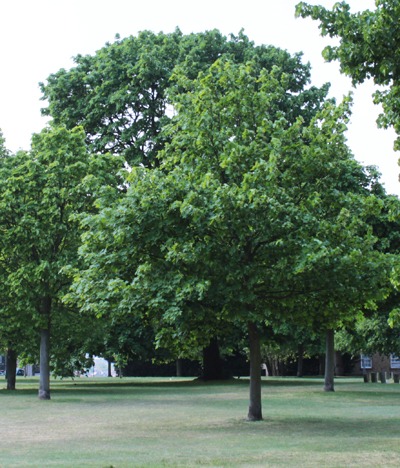What were bronze age hillforts, like Earnsheugh, used for?
The high point in these images is a ‘hillfort’ 150m above the North Sea and with nothing but water and ice between this point and the north pole. The name ‘hill-fort’ suggests a fort on a hill. Archaeologists have never been happy with this term but are unable to think of anything better. Hillforts were made about 2500 years ago, in many parts of NW Europe, and there is no firm evidence concerning their use. Some hillforts are thought to have been military, some residential (many contain hut circles), some religious. The hillfort at Earnsheugh in Berwickshire, in the above photographs, would seem a very odd choice for a residential site, even if for a tribe which enjoyed seaviews as much as I do. It also seems an odd choice for a military site, because it would be so easy to starve out the occupants. So what were hillforts used for? An archaeological dig at Fin Cop in the Peak District has been in the news this week with interpretations of why the skeletons of women and children, only, have been found. http://www.archaeologicalresearchservices.com/projects/fincop.html http://www.thisisderbyshire.co.uk/news/Mass-grave-holds-evidence-horrific-massacre-Iron-Age/article-3461045-detail/article.html Some newspapers have suggested they were sacrificial sites. Heaven knows. The unusual semi-circular form of the Earnsheugh hillfort may result from 2400 years of erosion. Vitruvius’ account of the aims of construction was: Commodity, Firmness and Delight. Which of these qualities, if any, does Earnsheugh have? It is a great place fort a walk, if you do not suffer from vertigo, but why would anyone want protection from the landward side when visiting the place? Is it an example of ‘landscape architecture’?









